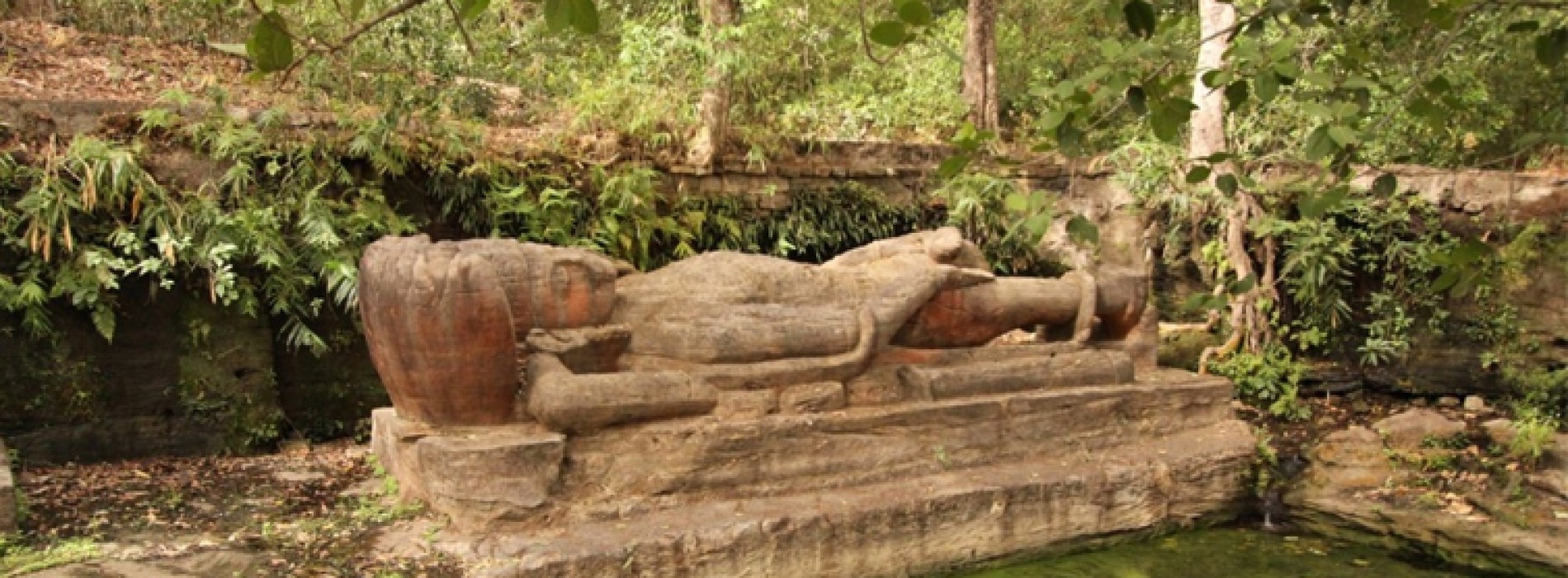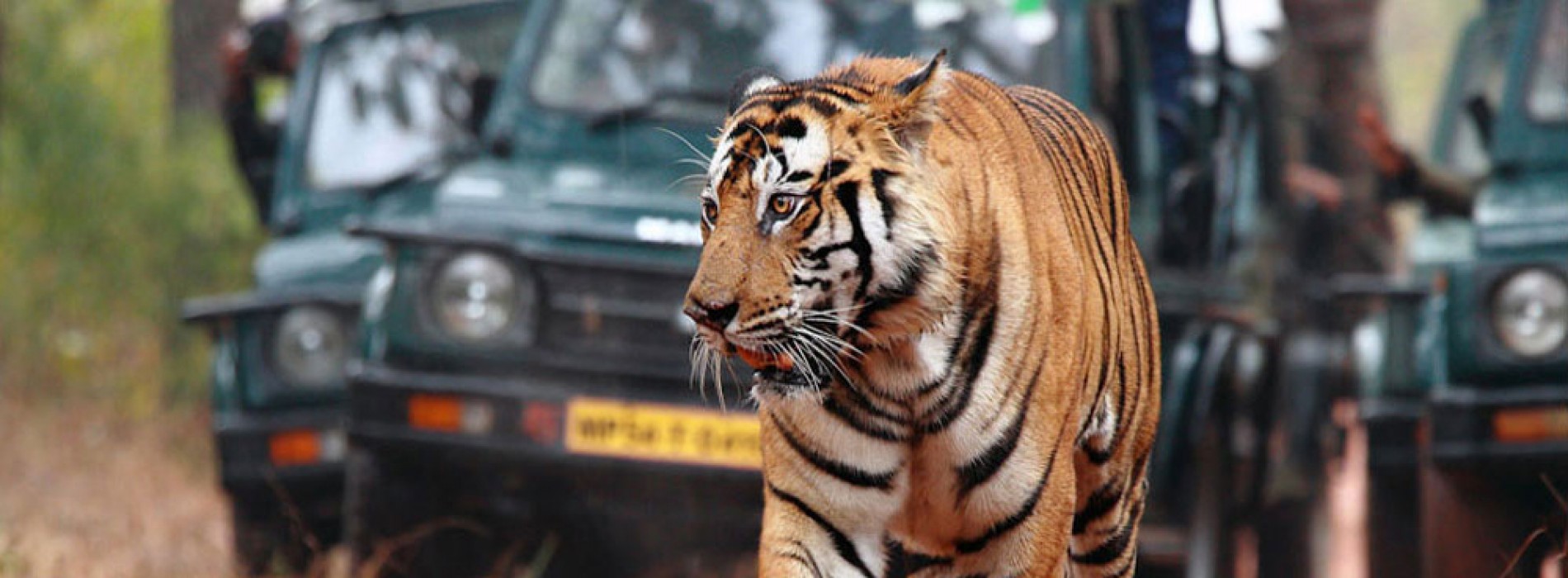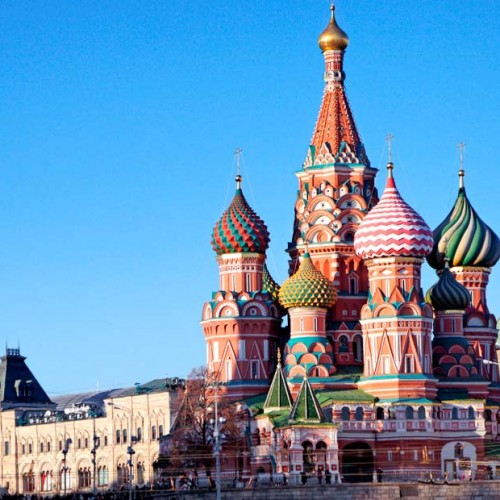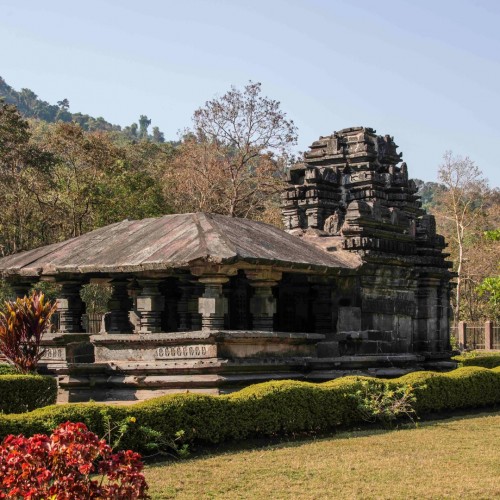Bandhavgarh: National Park with rich historical past
Bandhavgarh is a small national park; compact, yet teeming with wildlife. The density of the tiger population in Bandhavgarh is the highest known in India.
Bandhavgarh National Park in Madhya Pradesh is the original home of the white tigers. These have been found in the old state of Rewa for many years. The last known was captured by Maharaja Martand Singh in 1951.This white tiger, Mohun, is now stuffed and on display in the palace of the Maharajas of Rewa.
Bandhavgarh is densely populated with other species: sambar and barking deer are a common sight, and nilgai are to be seen in the more open areas of the park. The terrain is of great rocky hills rising sharply from the swampy and densely- forested valley bottoms.The finest of these hills is Bandhavgarh, sided with great cliffs and eroded rocks and on its highest point stands Bandhavgarh Fort, thought to be some 2000 years old. Scattered throughout the park, and particularly around the fort, are numerous caves containing shrines and ancient Sanskrit inscriptions.
Covering 448 sq km, Bandhavgarh is situated in Umaria district. At the center of the park is Bandhavgarh hill – surrounding it are a large number of smaller hills separated by gently sloping valleys. These valleys end in small, swampy meadows, locally known as tohera’. The lowest point in the park is at Tala (440 metres above MSL).
The Fort No records remain to show when Bandhavgarh Fort was constructed. It is thought, however, to be some 2000 years old, and there are references to it in the ancient books, the Narad -Panch Ratra & the Siva Purana .Various dynasties have ruled the fort,for example, the Maghas from the first century AD, the Vakatakas from the 3 Century AD, the Sengars from the 5th Century AD ,the Baghels took over, ruling from Bandhavgarh until 1617, when Maharaja Vikramaditya Singh moved his capital to Rewa. The last inhabitants deserted the fort in 1935.
Flora & Fauna The forests of Bandhavgarh can be classified as moist deciduous, and the National Park holds all those animal species which are typical of this habitat in Central India. Certain areas of the Park (particularly the south & west) are drier in character, and hold such species as the nilgai and the chinkara. Sal forest occurs throughout the valleys, giving way to mixed forest which occurs where the soil is of relatively poor quality on the upper hills slopes, on rocky outcrops and in the south & west. Grassy meadow patches occur in the valley and along the nalahs.
Wildlife There are more than 22 species of mammals & 250 species of birds. Common langurs and the rhesus macaque represent the primate group. Carnivores include the Asiatic jackal, Bengal fox, sloth bear, ratel, grey mongoose, striped hyena, jungle cat, leopard & tiger. The artiodactyls frequently sighted are wild pig, spotted deer, sambar, chausingha, nilgai & chinkara. Mammals such as dhole, the small Indian civet, palm squirrel& lesser bandicoot rat are seen occasionally. The vegetation along streams and marshes is rich in birdlife. The common ones are little grebe, egret, lesser adjutant, sarus crane, black kite, crested serpent eagle, black vulture, Egyptian Vulture, common peafowl, red jungle fowl, dove, parakeet, kingfisher and Indian roller. Reptilian fauna includes cobra, krait, viper, ratsnake, python, turtle & a number of lizard varieties, including varanus.
You might also like
STB makes a splash with Merli
‘Merli’ was created in a bid to reach out to families with young children. The Singapore Tourism Board (STB) has unveiled a new illustration based on the Republic’s national icon
Russia travel spikes as Indian Football Fans make a bee line for FIFA
MakeMyTrip sees over 400% growth in tourism to Russia for the upcoming FIFA World Cup 2018. The FIFA World Cup 2018 is one of the biggest global events this year
SriLankan Airlines strategically expanding its footprint in India
SriLankan Airlines has been focusing on the Indian market to strategically expand its operations in the country. During the past years, SriLankan Airlines has established a strong market presence and lasting









